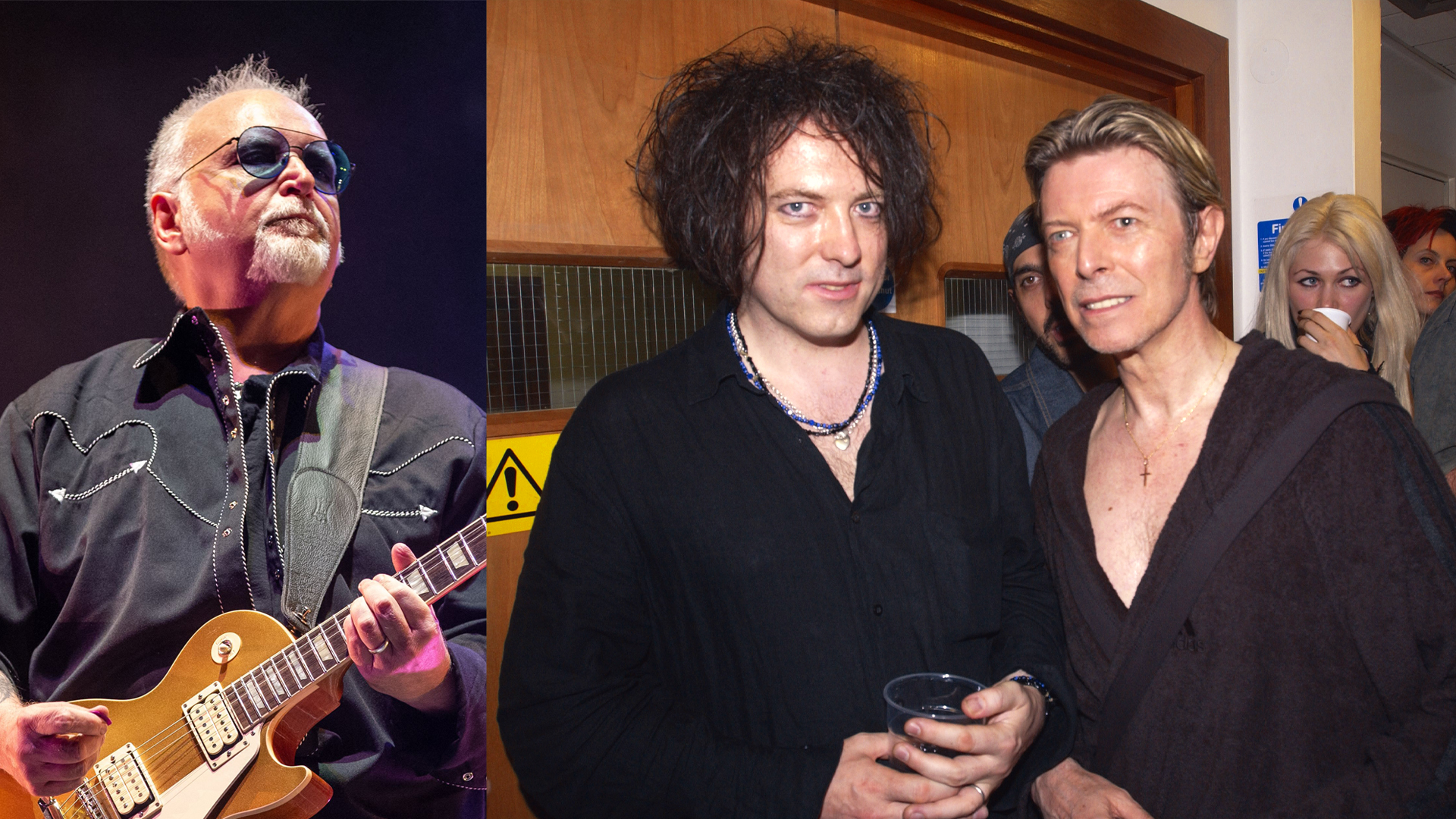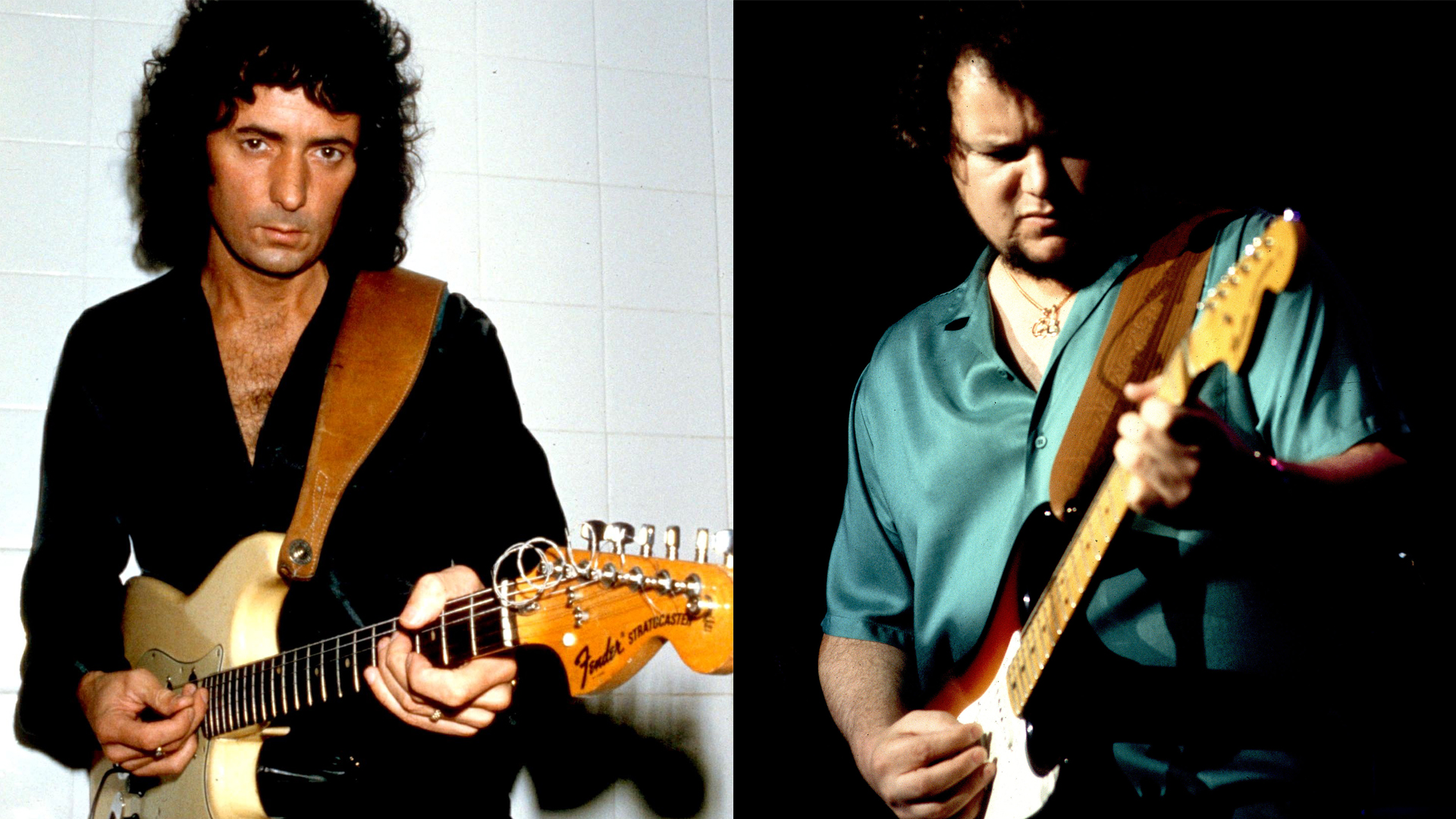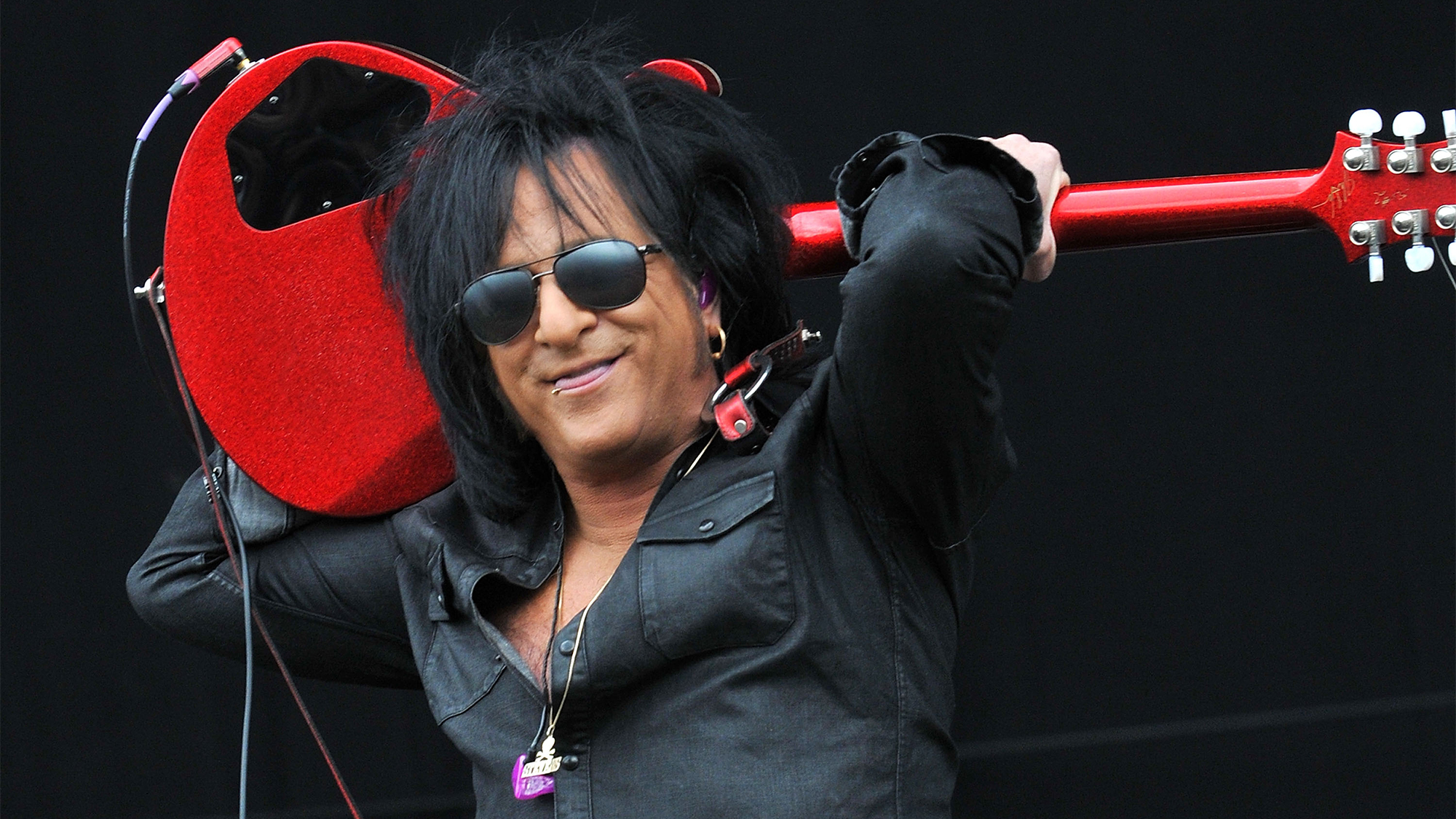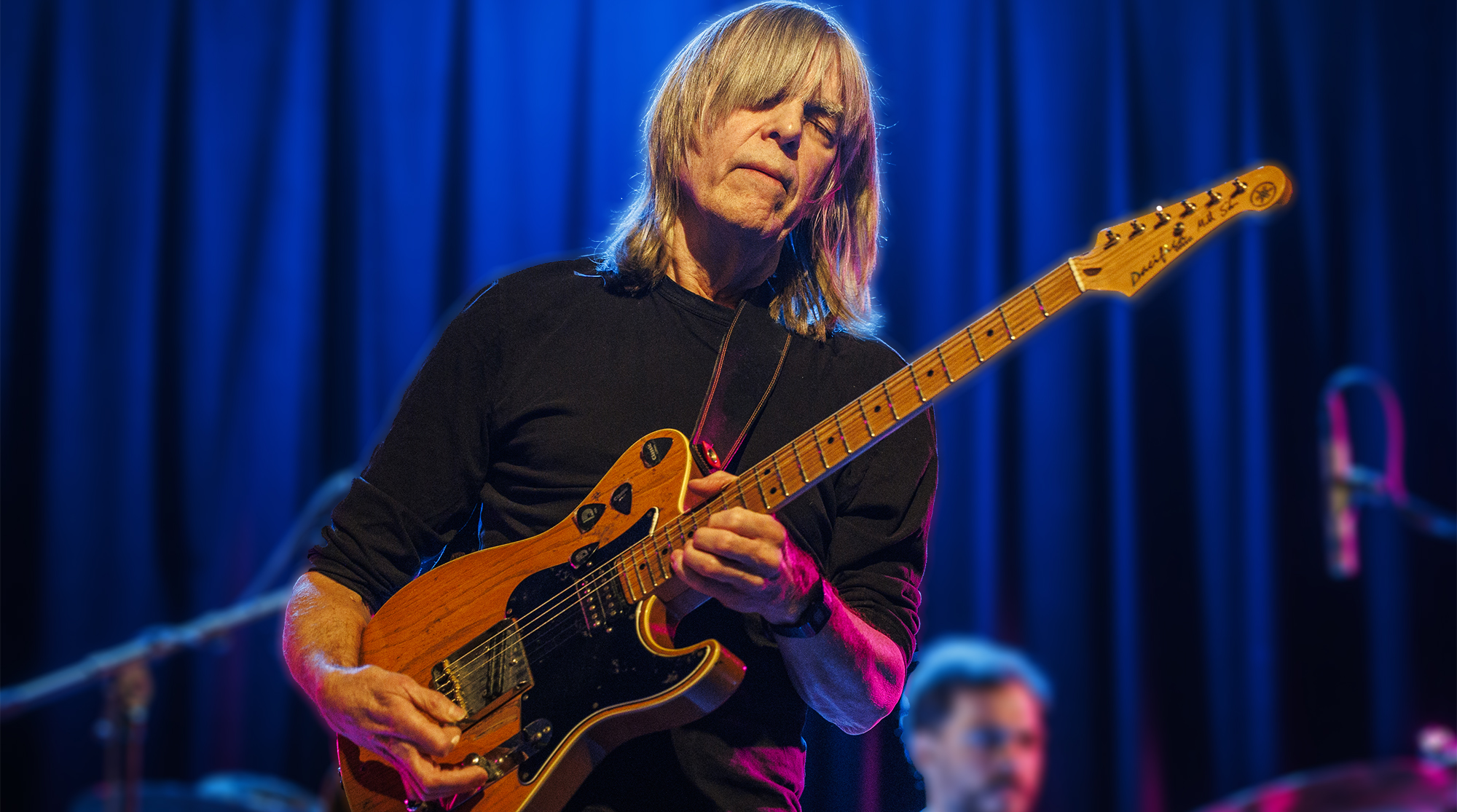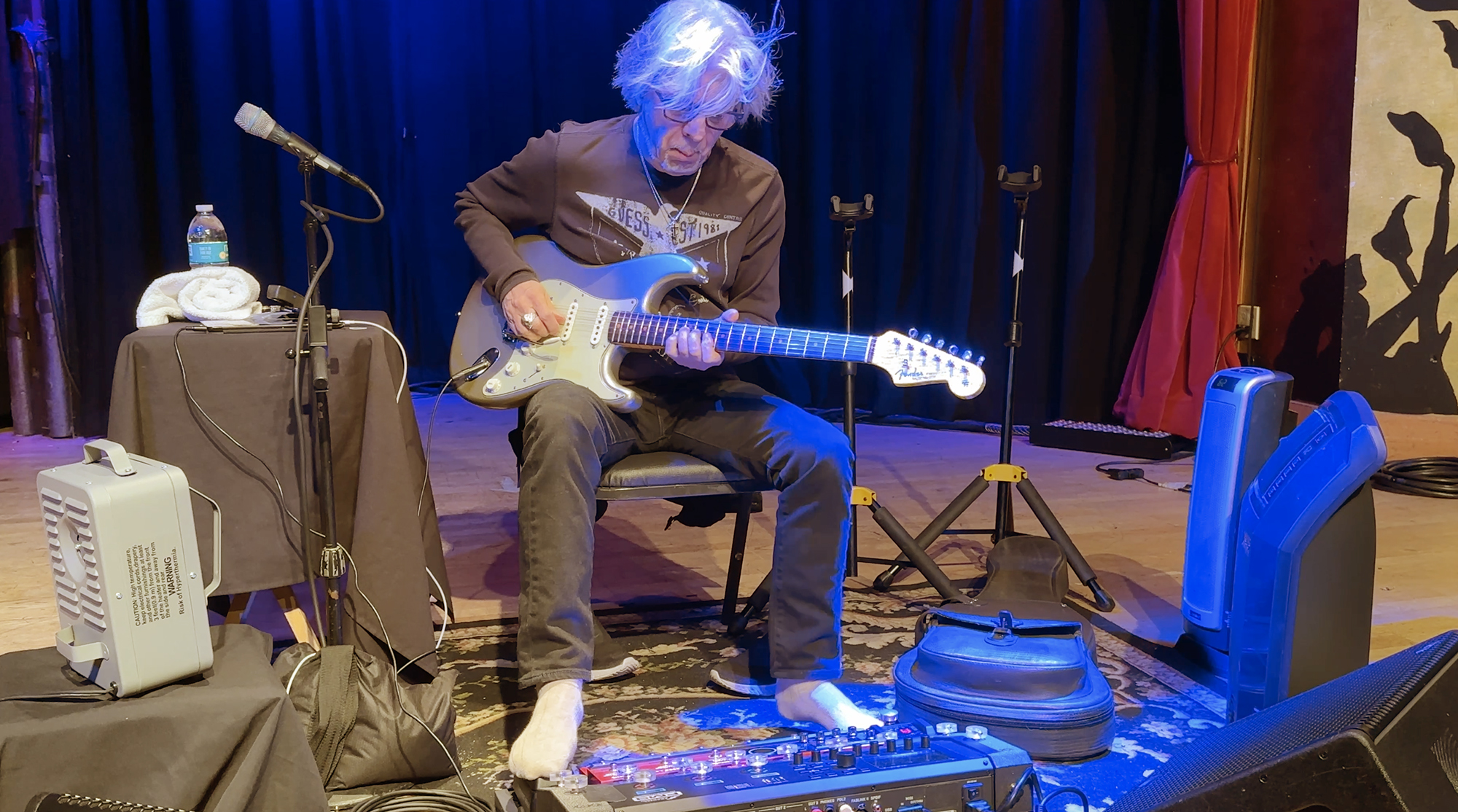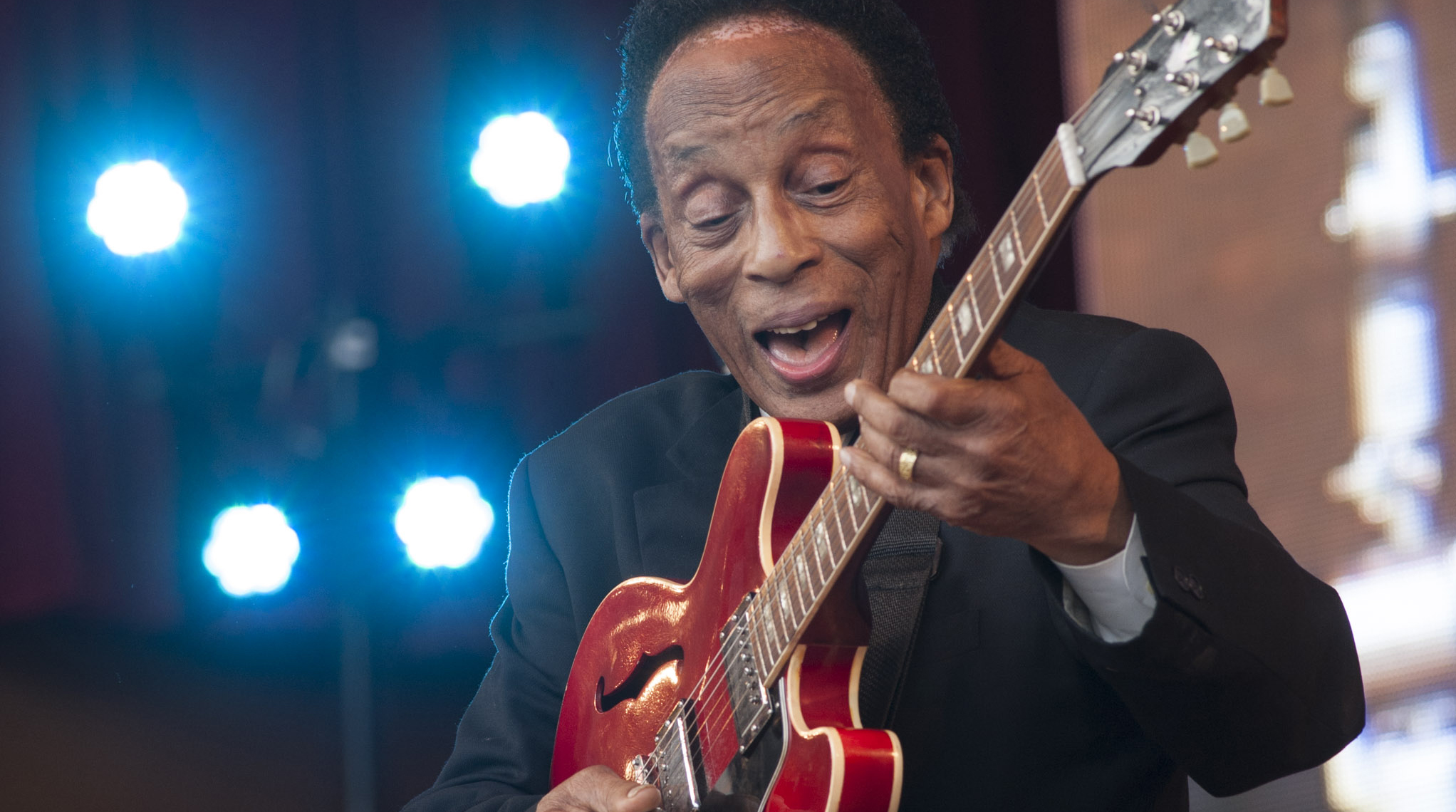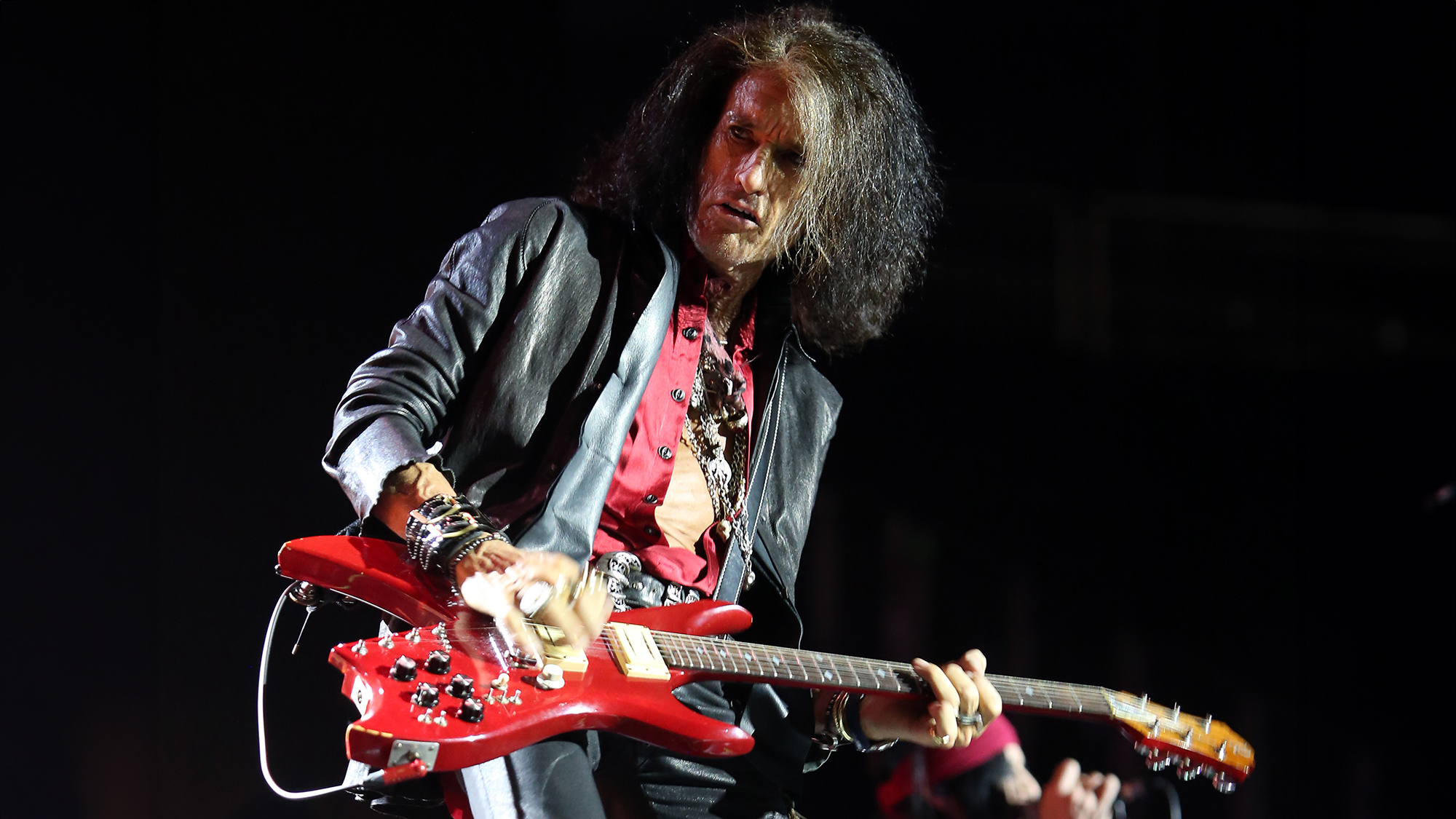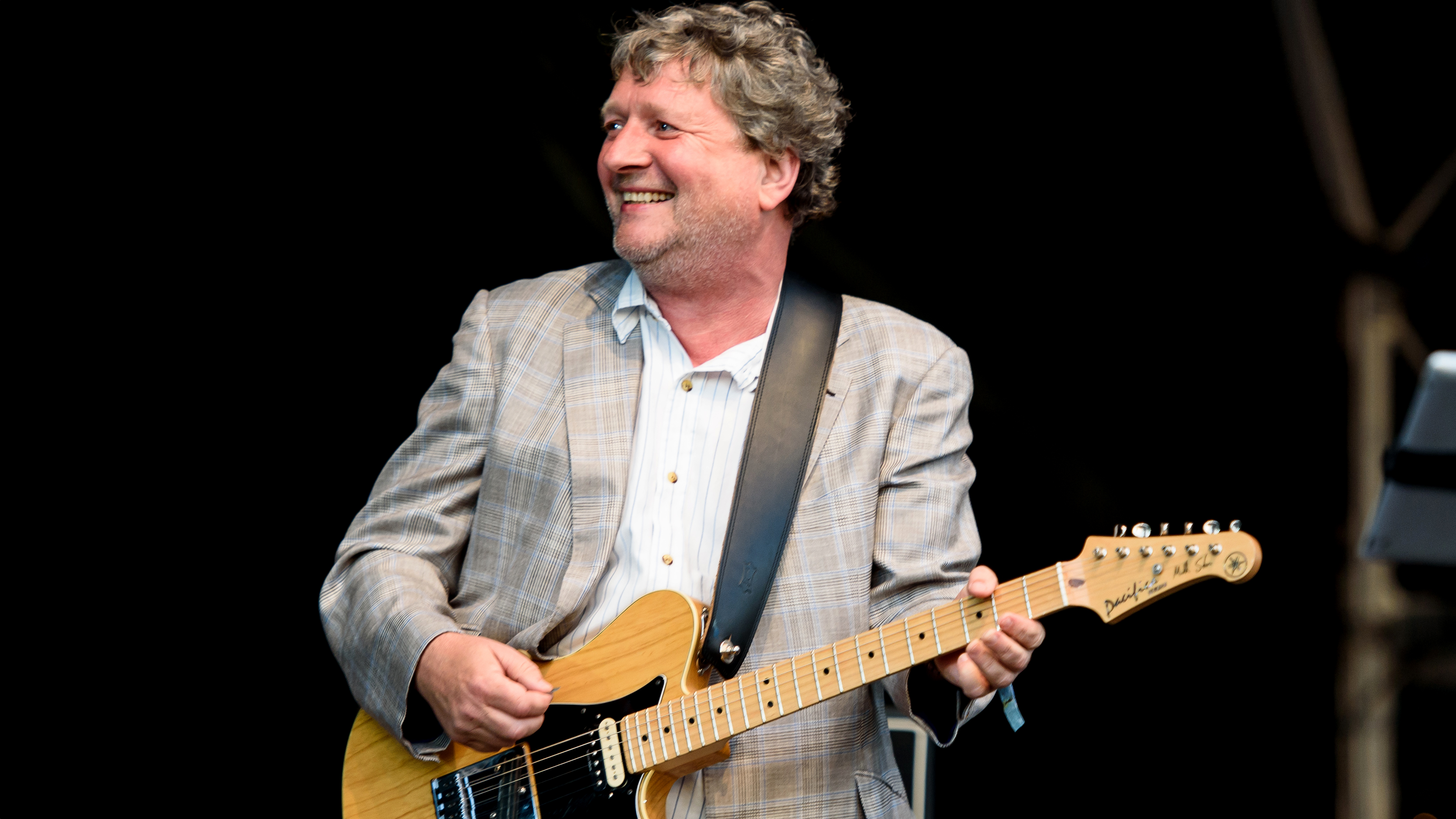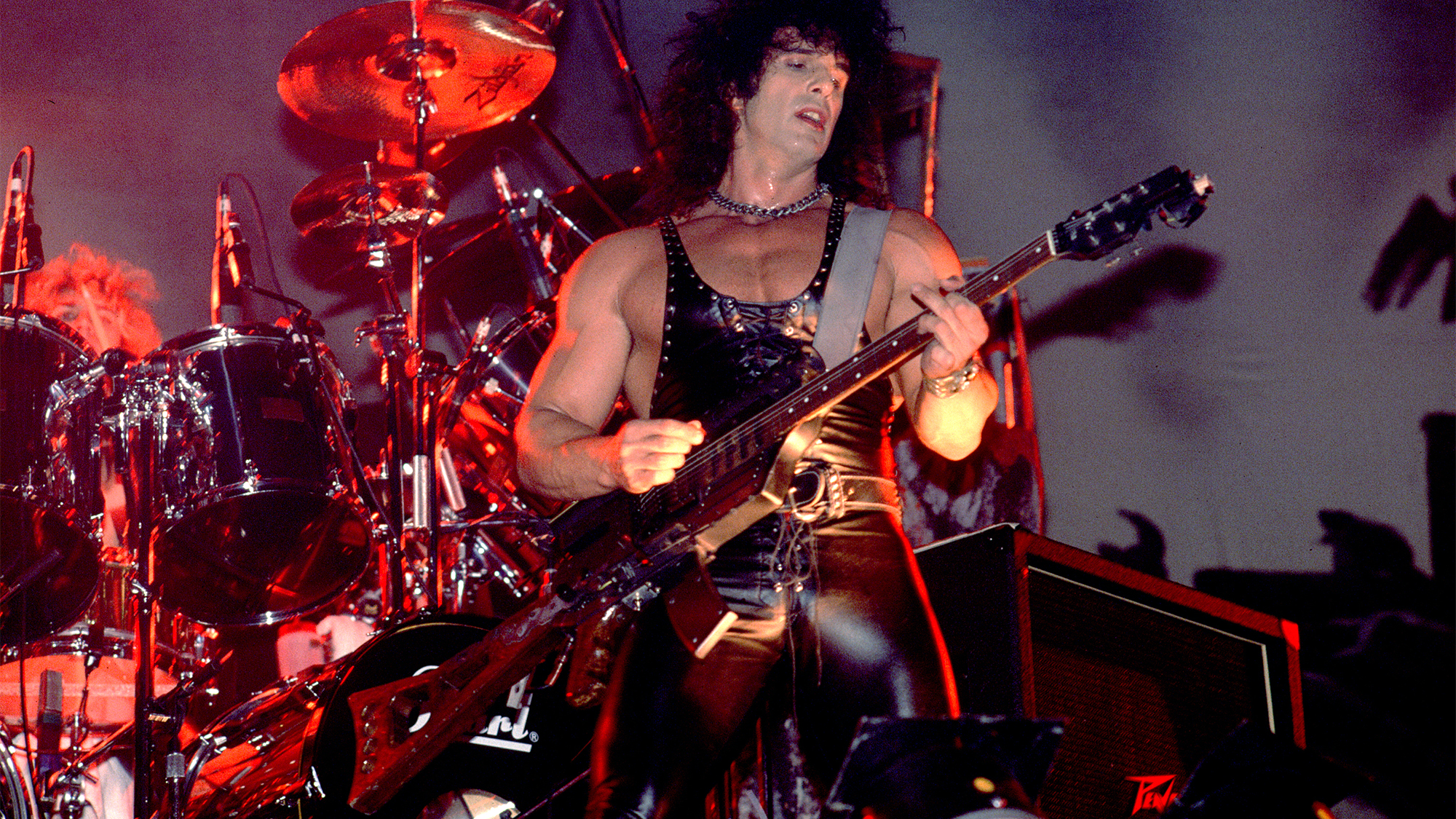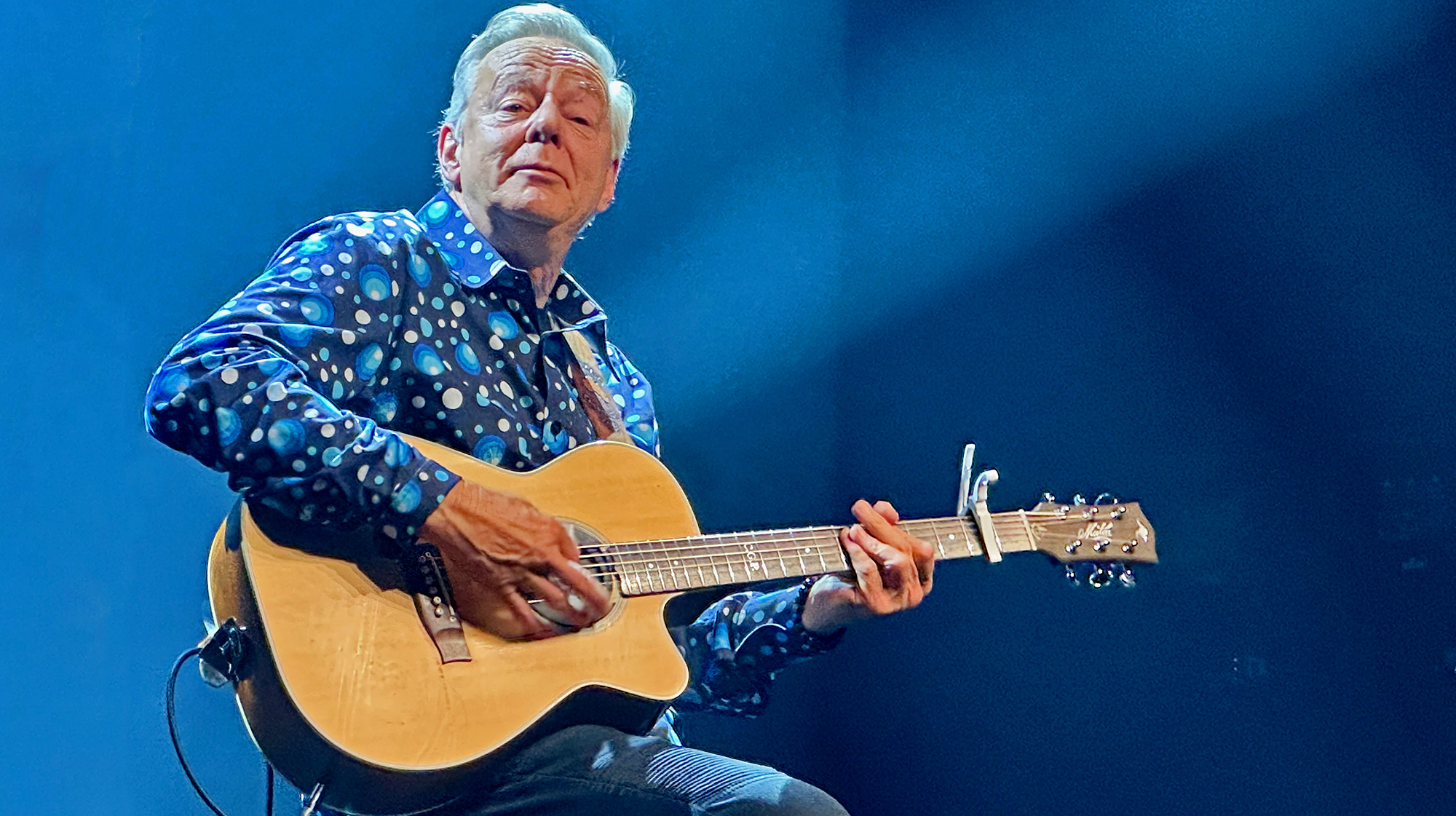"He was everything I hoped he would be. I'll never ever forget that.” Alex Lifeson recalls the thrill of meeting his guitar hero, Jimmy Page
Lifeson also weighed in on Pete Townshend's influence on his rhythm playing and writing, and the guitar talents of Michael Schenker, Steve Morse and Eric Johnson
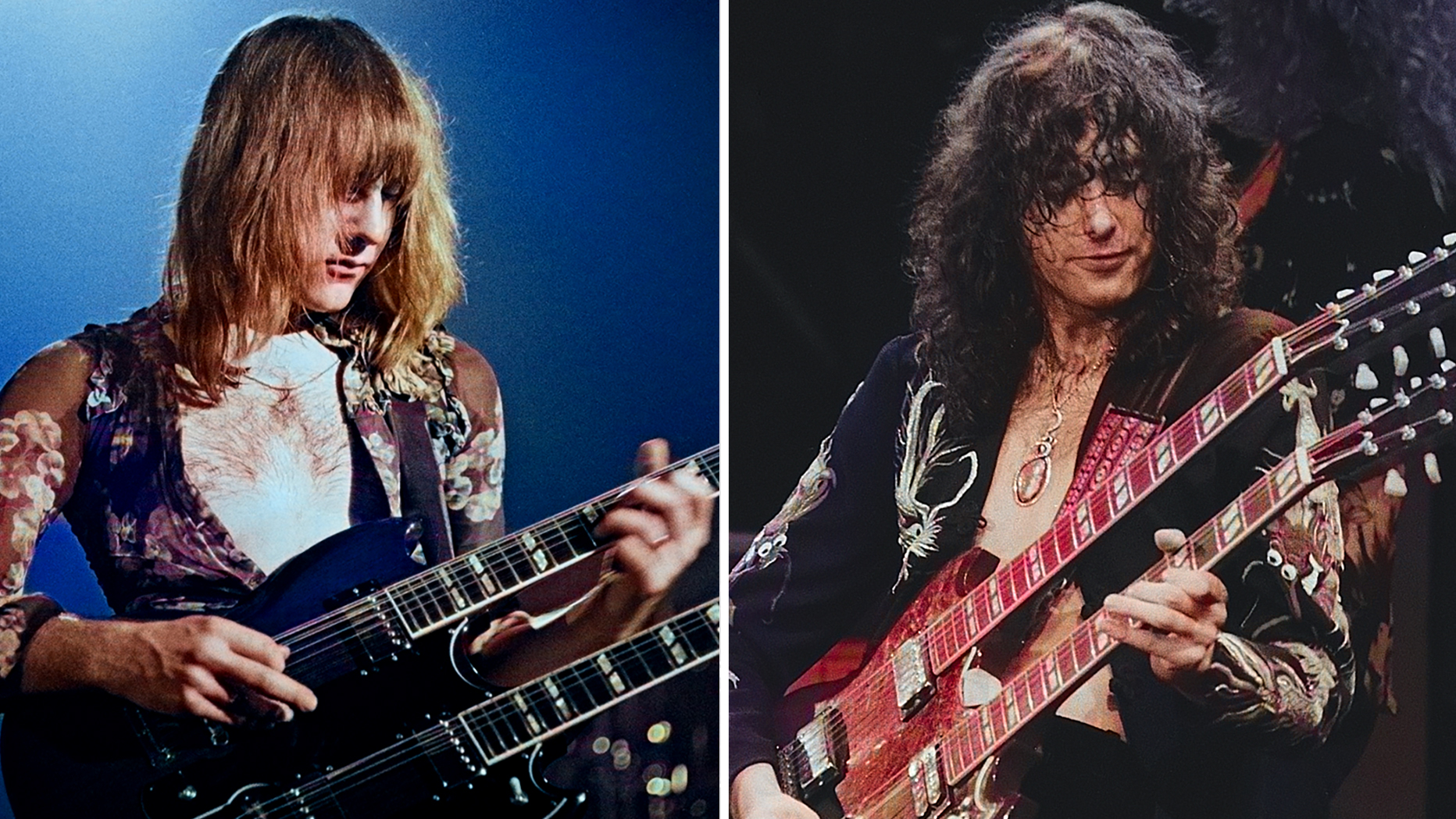
Although Alex Lifeson cites many influences on his playing — including Jimi Hendrix, Jeff Beck, Eric Clapton, Pete Townshend and Steve Hackett — the biggest is, without a doubt, Jimmy Page. Here Lifeson tells Guitar Player about meeting the electric guitar player who once called Rush "One of the young bands that I like."
"I saw Led Zeppelin in Toronto in 1969 after waiting in line for 15 hours,” Lifeson recalls. “We sat on the floor in front of Jimmy, about three people back. I was so impressed. I wanted to look like him, and play like him, and be just like him. If there was any single person I ever wanted to meet, it was him, but I never thought I would have the opportunity.”
That changed in the mid 1990s, when Page and Robert Plant began touring together as Page and Plant following the release of their Platinum-selling live album, No Quarter. Some time prior to that, Rush bassist Geddy Lee met Plant while in Morocco, as he describes in the video clip below. When the Page and Plant tour landed in Toronto, Geddy and Lifeson were on the guest list.
"Robert invited us to the Page/Plant show in Toronto,” Lifeson continues. “When we went backstage, Jimmy came into the room, and I started shaking. I was that excited. He was so sweet, and so charming and engaging. It was incredible.”
Lifeson had recently put out his 1996 solo album, Victor, and brought along a copy to give to Page.
“I built up the nerve to give it to him,” he recalls. “I had written in it that he was such an inspiration, and that his influence was all over the record. I said, 'I hope you don't mind, but this is my solo record and I'd like you to have it.' He stood up and gave me a hug and thanked me. We walked down to the stage with them, and they had set up a couple of chairs for us by the [monitor mixing] board. Jimmy kept looking over and smiling at me when he would play these great signature parts.
“He played so well. Just incredible. I was like kid. I can picture the dressing room, with Robert sitting across from me and Jimmy sitting to my left asking me questions. I can take myself right back there, and it just feels great.
“You meet your hero, and he's a hero! He was everything I hoped he would be. I'll never ever forget that."
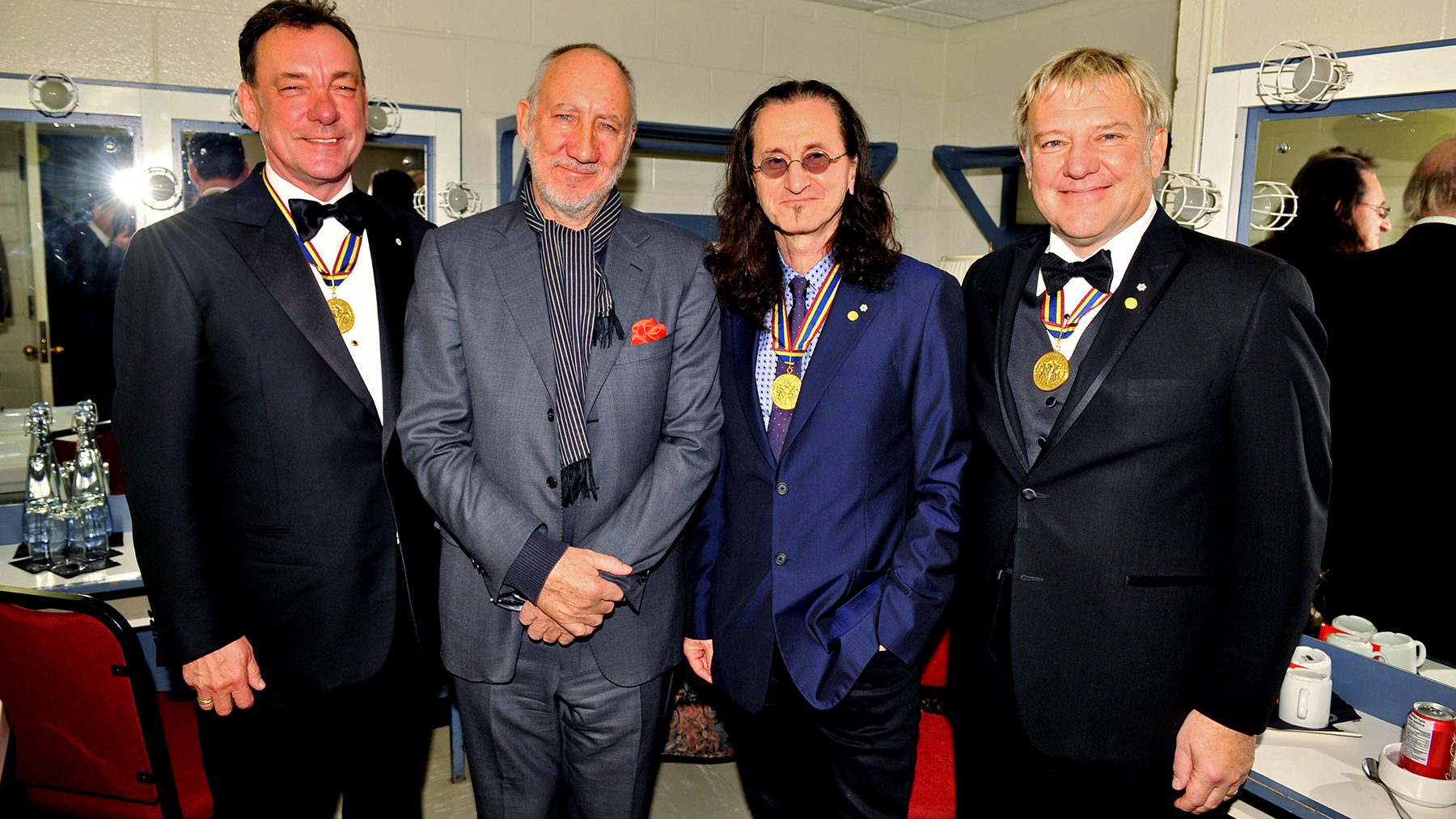
As Lifeson has explained to Guitar Player on previous occasions, he gives special props to Pete Townshend for inspiring him both as a rhythm guitarist and as a songwriter. Townshend is himself known to declare himself rock's finest strummer, having said, "There's no one to touch me." His influence on Lifeson, Lee and the late Rush drummer Neil Peart played out when the group recorded their 2004 EP Feedback, featuring covers of songs by 1960s groups that were influential to the band, including the Who's 1970 single "The Seeker." .
“When Geddy and I were going through a list of influential songs that we were going to do for Feedback, I realized how much of Pete was in my playing,” Lifeson says. “That's how I learned to play rhythm guitar. In a three-piece band, you really have to be aware of your rhythm playing. It's all about how you fill in the space, and how you move in and out of the melodies, especially with a rhythm section like Geddy and Neil.
“And I just learned so much from Pete. He's such a great strummer — so unique. His style of soloing was so effective, and he was the only guy who could make an acoustic guitar sound heavier than a Les Paul. He's such a well-rounded, fantastic guitarist, as well as a fabulous songwriter.
Lifeson adds that Townshend’s progressive-rock approach to songwriting informed his own, particularly during the era of 2112 and Hemispheres.
“Absolutely. We learned a lot about songwriting from them,” he says. “I think you can be influenced by someone, and not sound anything like them. There are bands like Porcupine Tree that cite Rush as a major influence. They don't sound like us, but I hear it in their arranging and their dynamics.”
And when it comes to the guitarists he’s toured with over the years, Lifeson said a few players stand out in his mind.
“A great bill was UFO and Rush. We had such a ride together,” he says. “Michael Schenker and I got along so well. What I remember most about Michael was showing up for soundcheck at 4:00, and Michael would already be there, warming up for a couple of hours. He would play constantly. There was always so much passion in his playing."
He likewise praised Steve Morse, who recently told Guitar Player how he manages to stay in love with guitar playing after so many years.
“Steve Morse is one of the nicest people I've ever met. He's another guy where we'd be onstage doing soundcheck, and he'd be walking around the arena practicing incessantly. He's an incredible musician. He's such a great player that he deserves more.
Lifeson also weighed in on Eric Johnson, who recently spoke of his friendship with fellow Austinite, the late Stevie Ray Vaughan.
“Eric Johnson did two tours with us," Lifeson noted. "I used to go watch him play almost every night. What struck me most was the beautiful sensibility in his playing —so warm and complete and articulate. And the guy is just nuts with his tone. I've always loved his guitar playing.”
In related news, Lifeson recently revealed that he and Lee still get together and jam on a weekly basis. While they record their sessions, Lifeson says they have no plans to make another run together as Rush.
"Once a week I go to Ged’s — it’s in the calendar — keep my fingers moving, play Rush stuff, new jams," he told Classic Rock. “We do record it, but I couldn’t even begin to tell you where it’ll go.”
Get The Pick Newsletter
All the latest guitar news, interviews, lessons, reviews, deals and more, direct to your inbox!
Christopher Scapelliti is editor-in-chief of GuitarPlayer.com and the former editor of Guitar Player, the world’s longest-running guitar magazine, founded in 1967. In his extensive career, he has authored in-depth interviews with such guitarists as Pete Townshend, Slash, Billy Corgan, Jack White, Elvis Costello and Todd Rundgren, and audio professionals including Beatles engineers Geoff Emerick and Ken Scott. He is the co-author of Guitar Aficionado: The Collections: The Most Famous, Rare, and Valuable Guitars in the World, a founding editor of Guitar Aficionado magazine, and a former editor with Guitar World, Guitar for the Practicing Musician and Maximum Guitar. Apart from guitars, he maintains a collection of more than 30 vintage analog synthesizers.
“We’d heard Jimi Hendrix, we'd heard the Who, but now we finally got to see these guys. And watching Jimi Hendrix burn his guitar….” Grace Slick on Hendrix at Monterey, Jefferson Airplane and the Spanish origins of “White Rabbit”
“I’m still playing but I’m covered in blood. Billy’s looking at me like, ‘Yeah! That’s punk rock!'” Steve Stevens on his all-time worst gig with Billy Idol — and the visit to Jimi Hendrix's grave that never happened


